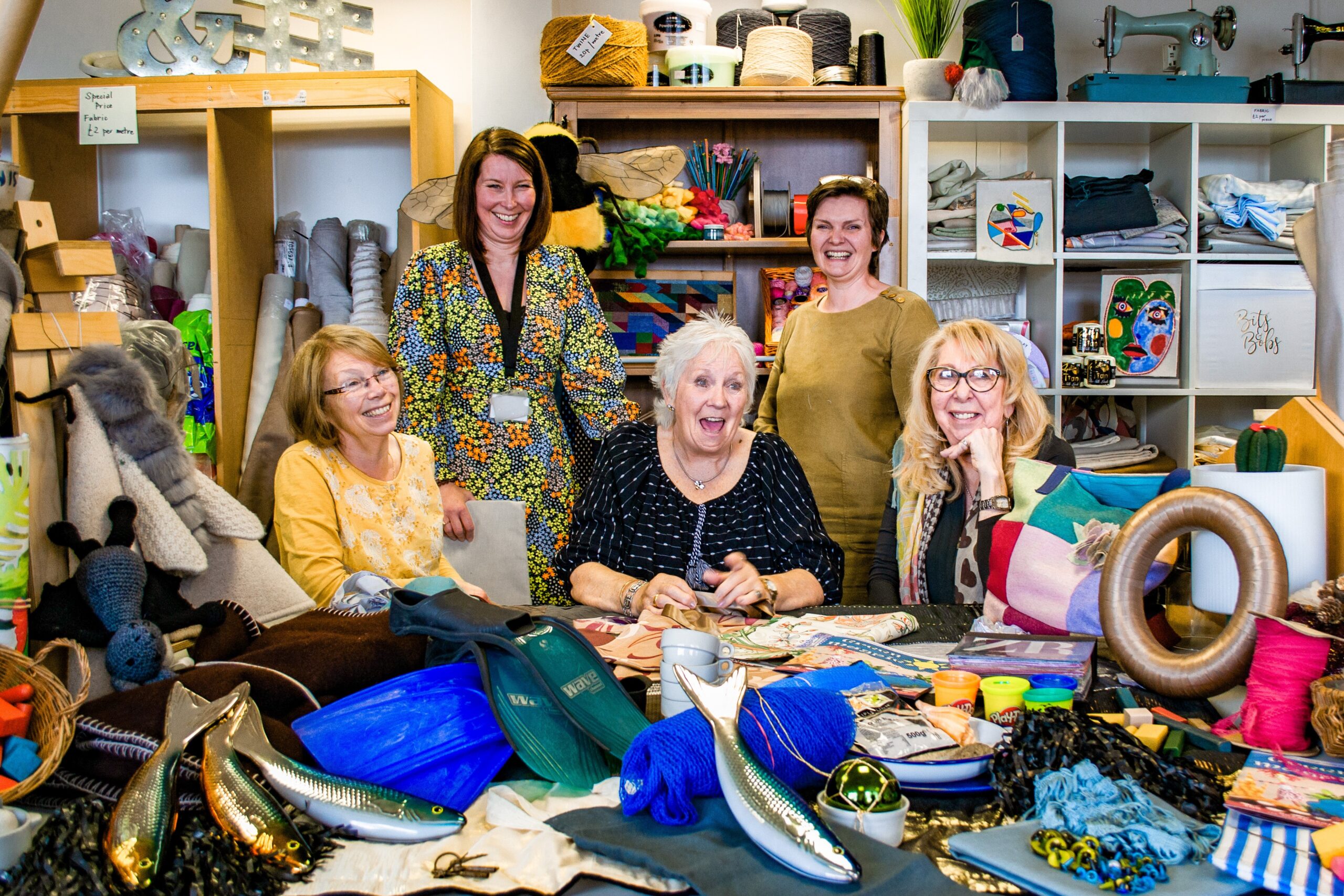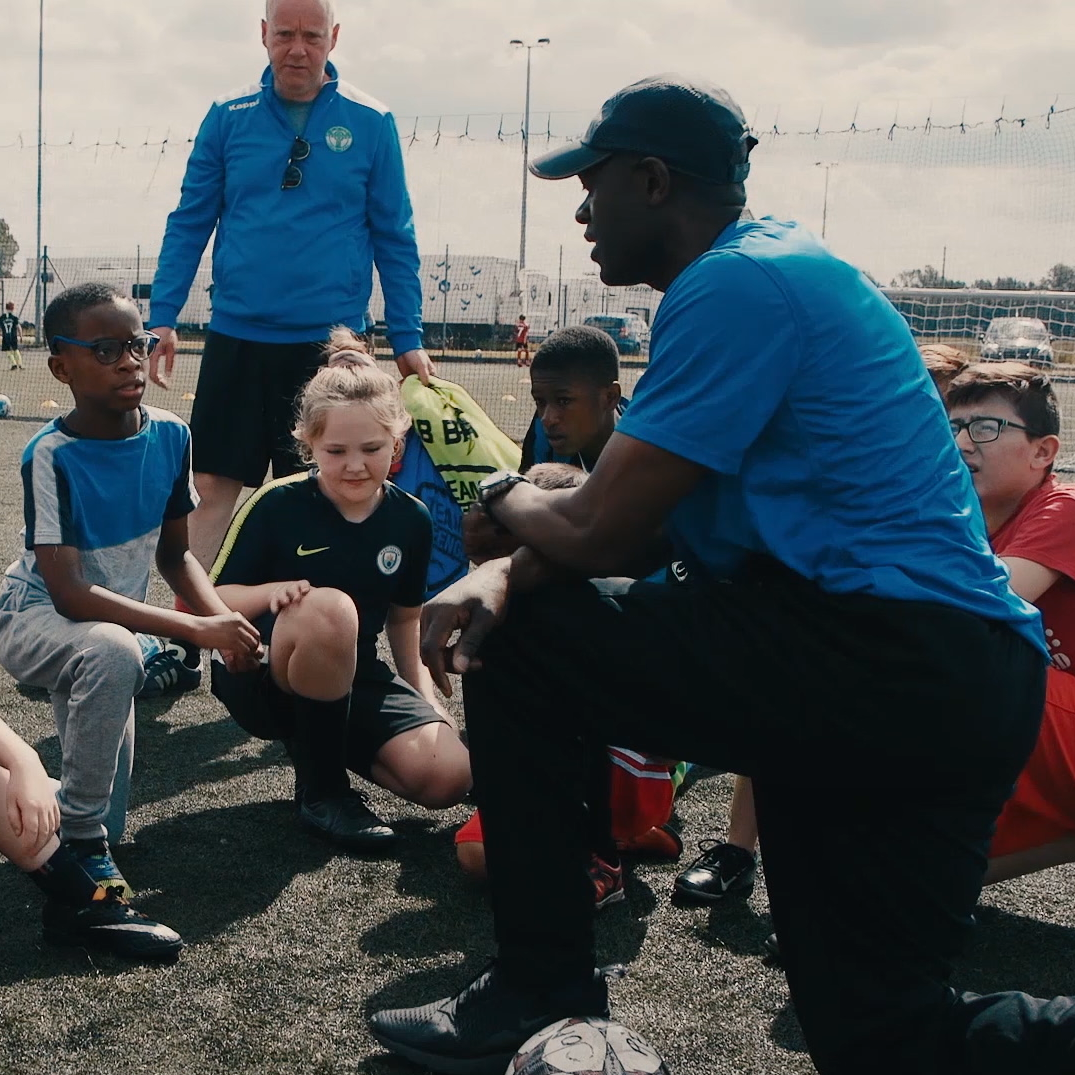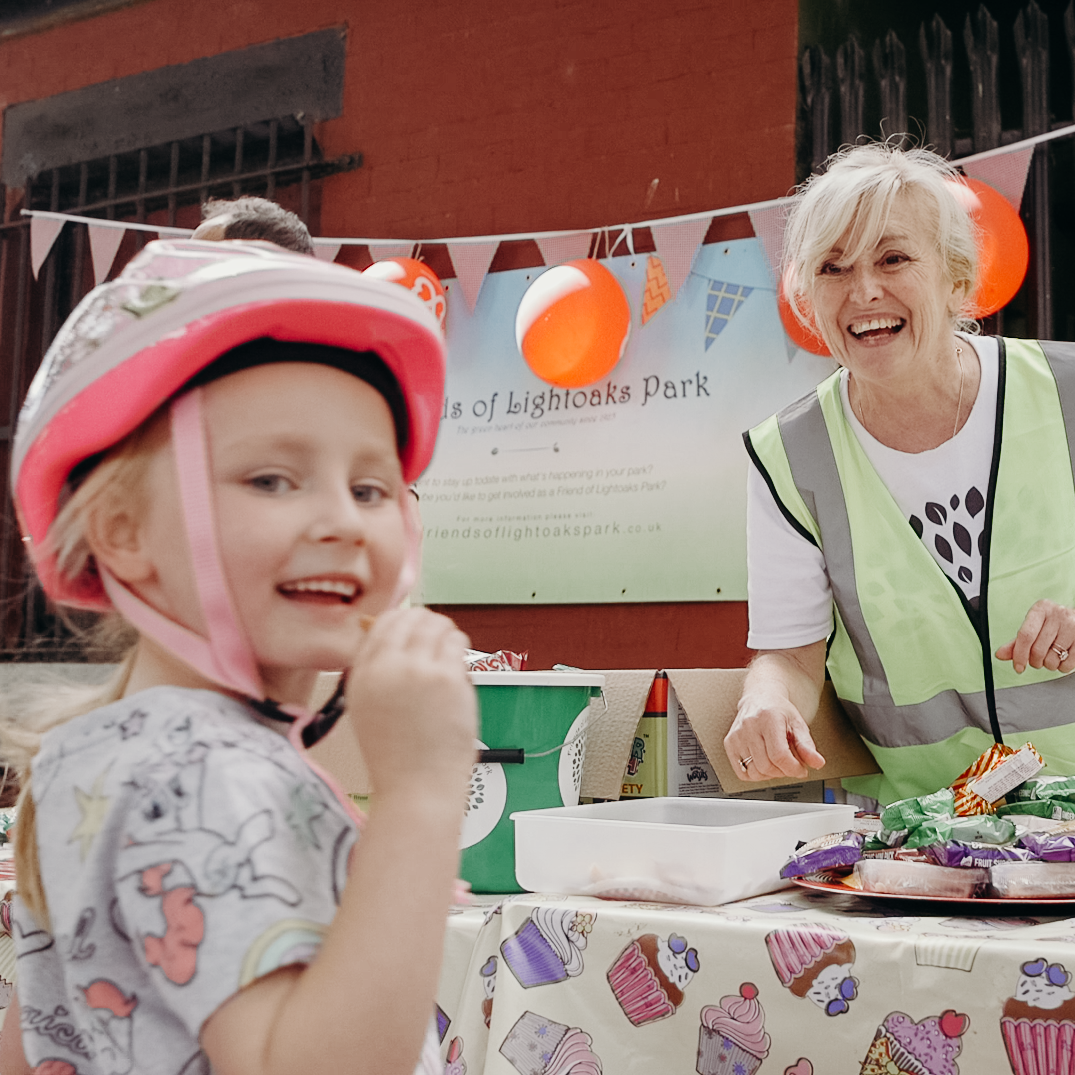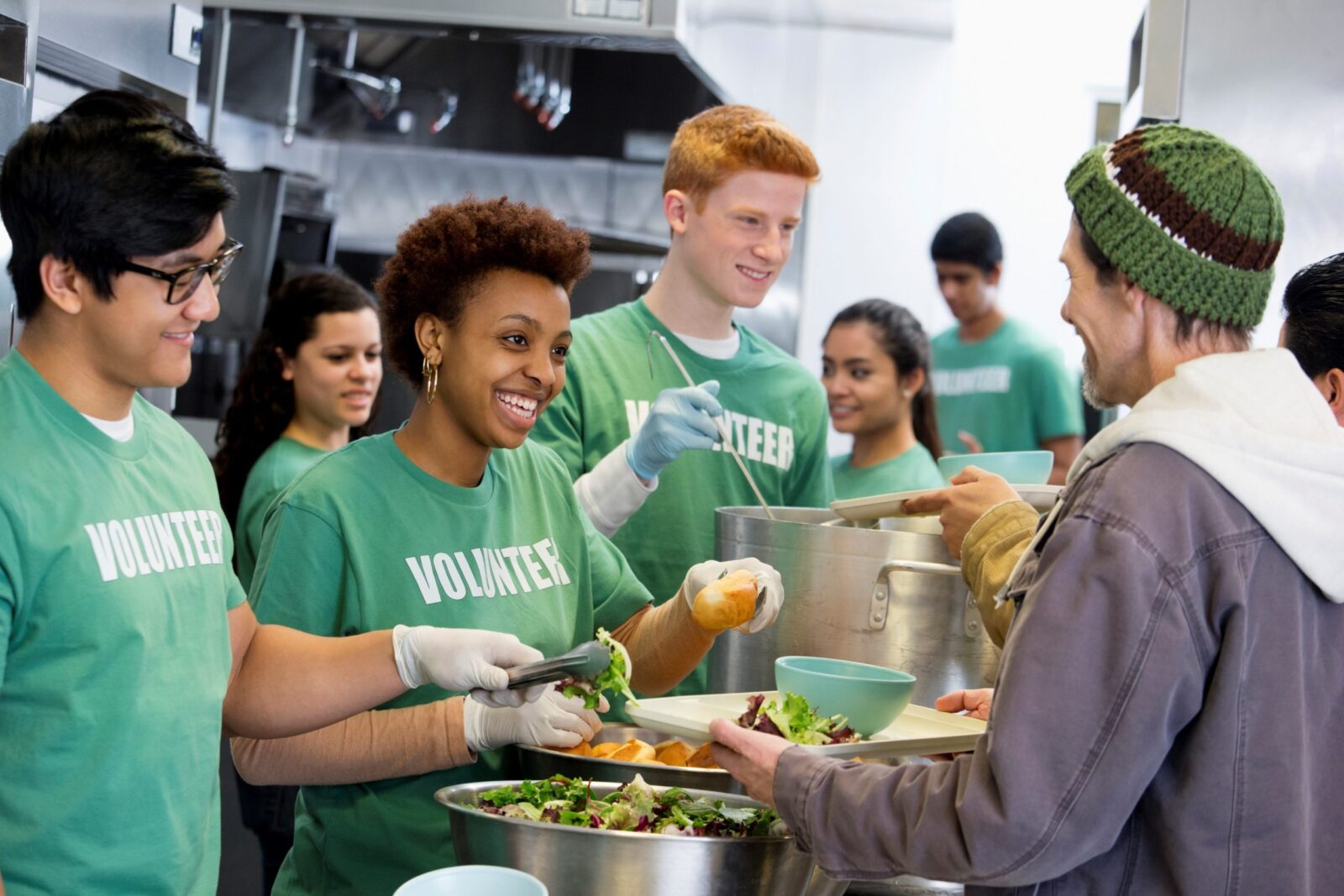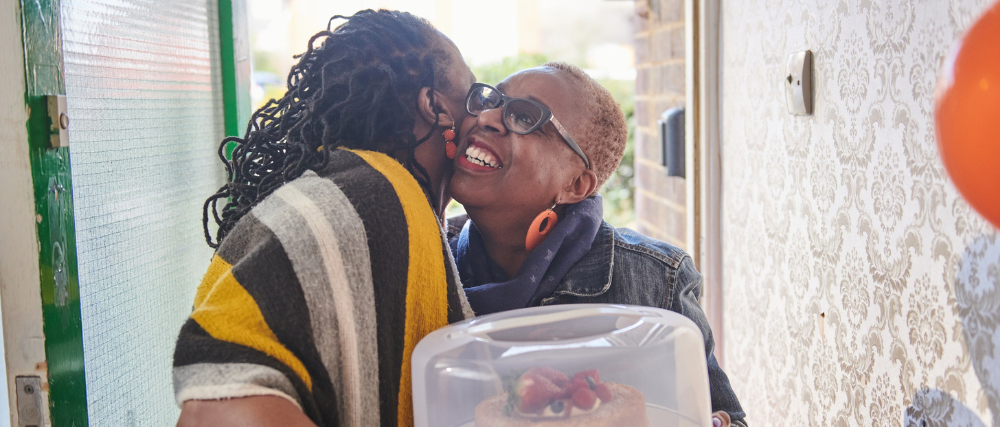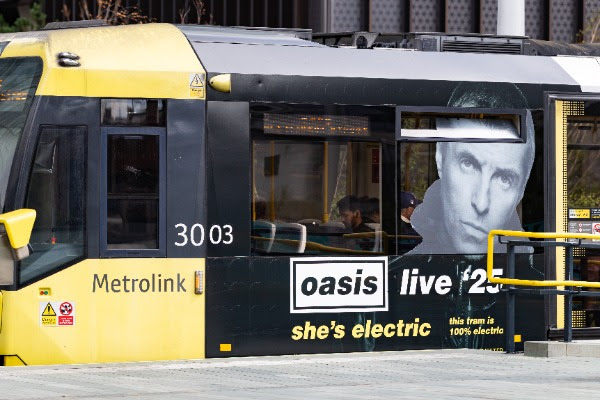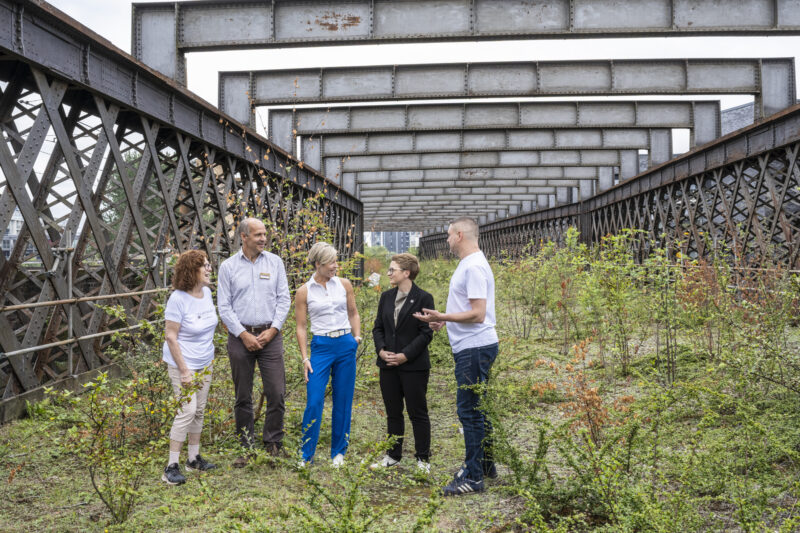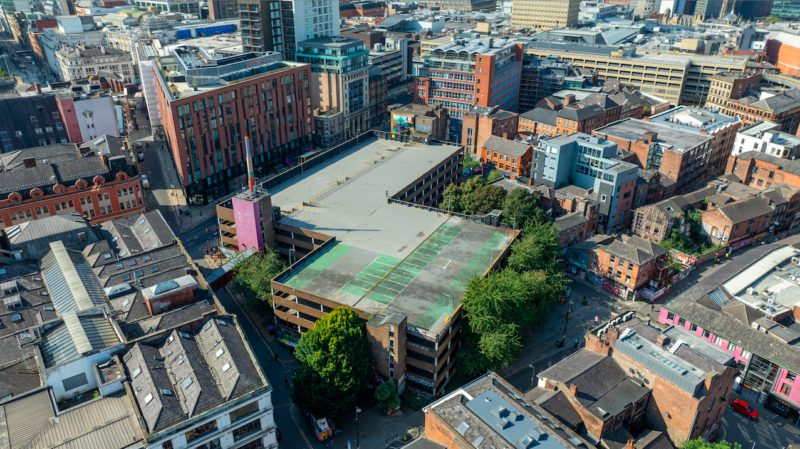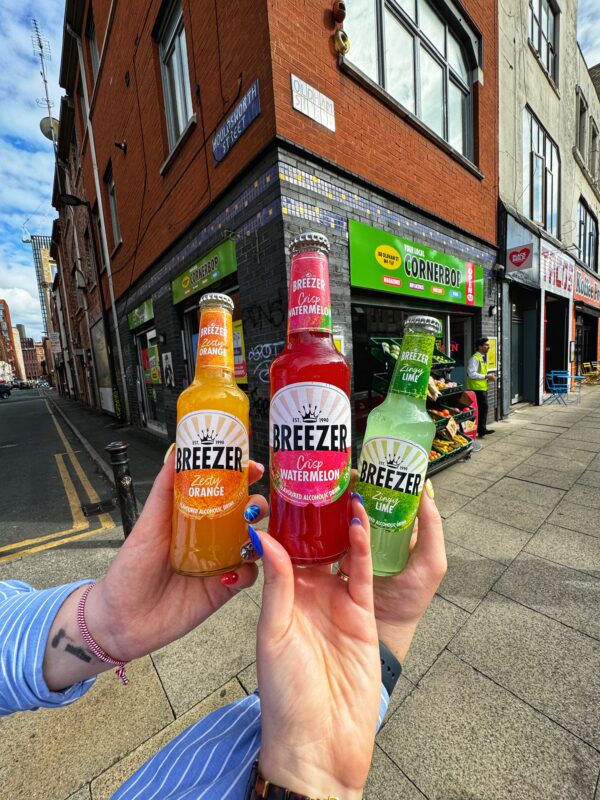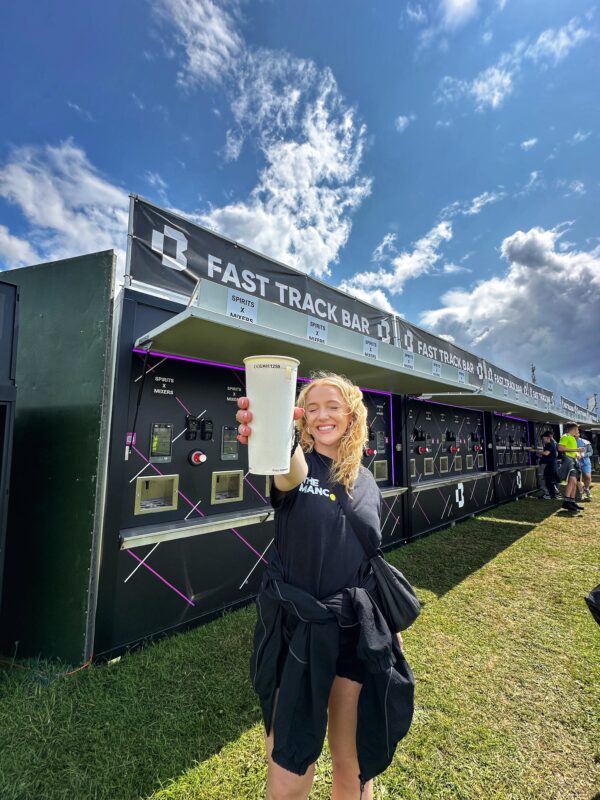News
Six ways that ‘Lockdown 2’ is different to the first
Despite the deja-vu, it's important to note that things are different this time around in a number of ways. Here're some of the ways in which Lockdown Two varies to the restrictions in March.
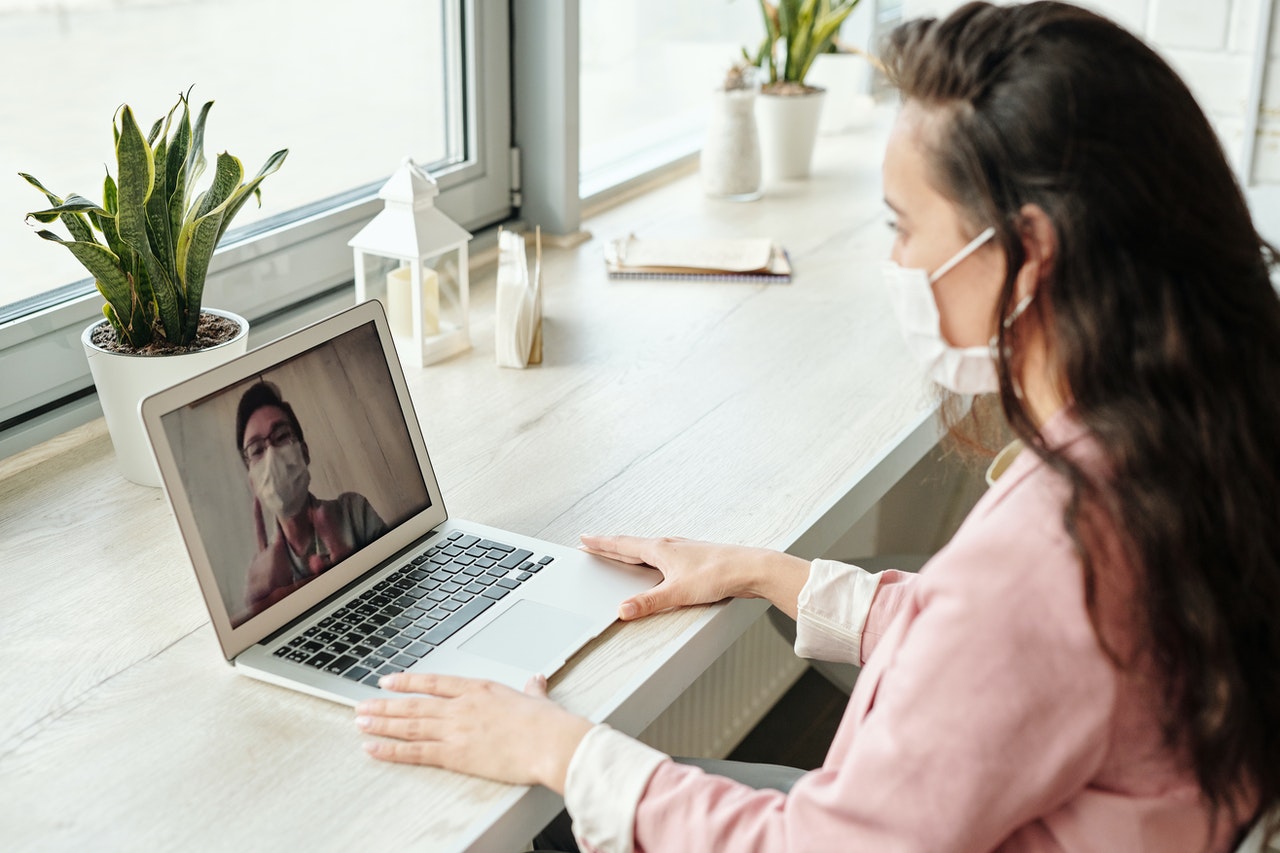

Here we are again.
Exactly four months ago, everything was beginning to look so much better.
Some pupils had returned to schools. Non-essential shops had begun to reopen. Football had kicked off again. Even pubs and restaurants had resumed serving customers.
But after a flickeringly brief return to a life that somewhat resembled normality, national COVID cases have now spiralled out of control the point where England has been forced to go back into hiding.
Today, a second lockdown begins.
The first one lasted over three months. This one is supposed to end in four weeks.
Whether we exit Lockdown 2 on time remains to be seen. But despite the deja-vu, it’s important to note that this lockdown is different in a number of ways.
1. You can actually meet one other person

When the first lockdown came into force in March, the rules on meeting others were very strict.
The government banned socialising in most circumstances, but over time, exceptions to the rule were introduced – such as ‘bubbles’.
The official guidance this time around is more relaxed. You can actually meet one other person outside your bubble provided you’re outdoors, and you can bring your children along with you.
The government states: “You can exercise or visit outdoor public places with the people you live with; your support bubble or, when on your own, 1 person from another household. Children under 5, as well as disabled people dependent on round-the-clock care are not counted towards the limit on two people meeting outside.”
More info is available here.
2. Schools are staying open

Schools, universities and colleges will remain open during Lockdown 2 – unlike back in March when all education facilities were swiftly shut.
The decision to keep schools open has not been without controversy, with many individuals, unions and even Greater Manchester Mayor Andy Burnham asking the government to reconsider and close these premises until December 2.
But as things stand, schools are set to remain operational throughout Lockdown 2 – with COVID safety rules in place and the use of masks in communal areas.
More information is available here.
3. Dentists and other health services will stay open
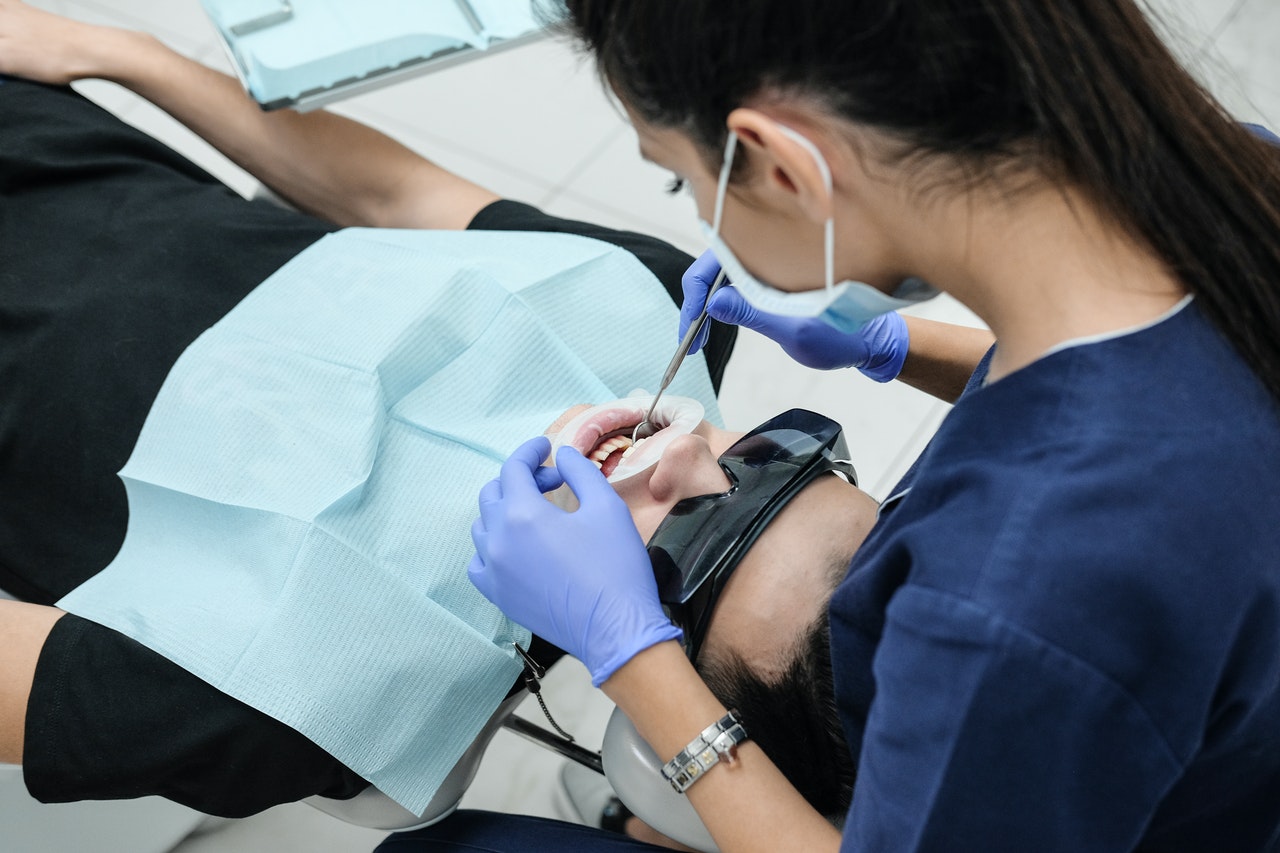
All checkups and scheduled visits to dentists, opticians and other health services were cancelled during the first lockdown – with only emergency appointments available.
This time, however, health facilities are staying open.
The government states: “The majority of public services will continue and you will be able to leave home to visit them. These include the NHS and medical services like GPs and dentists. We are supporting the NHS to safely carry out urgent and non-urgent services and it is vital anyone who thinks they need any kind of medical care comes forward and seeks help.”
More info is available here.
4. No shielding will take place this time around
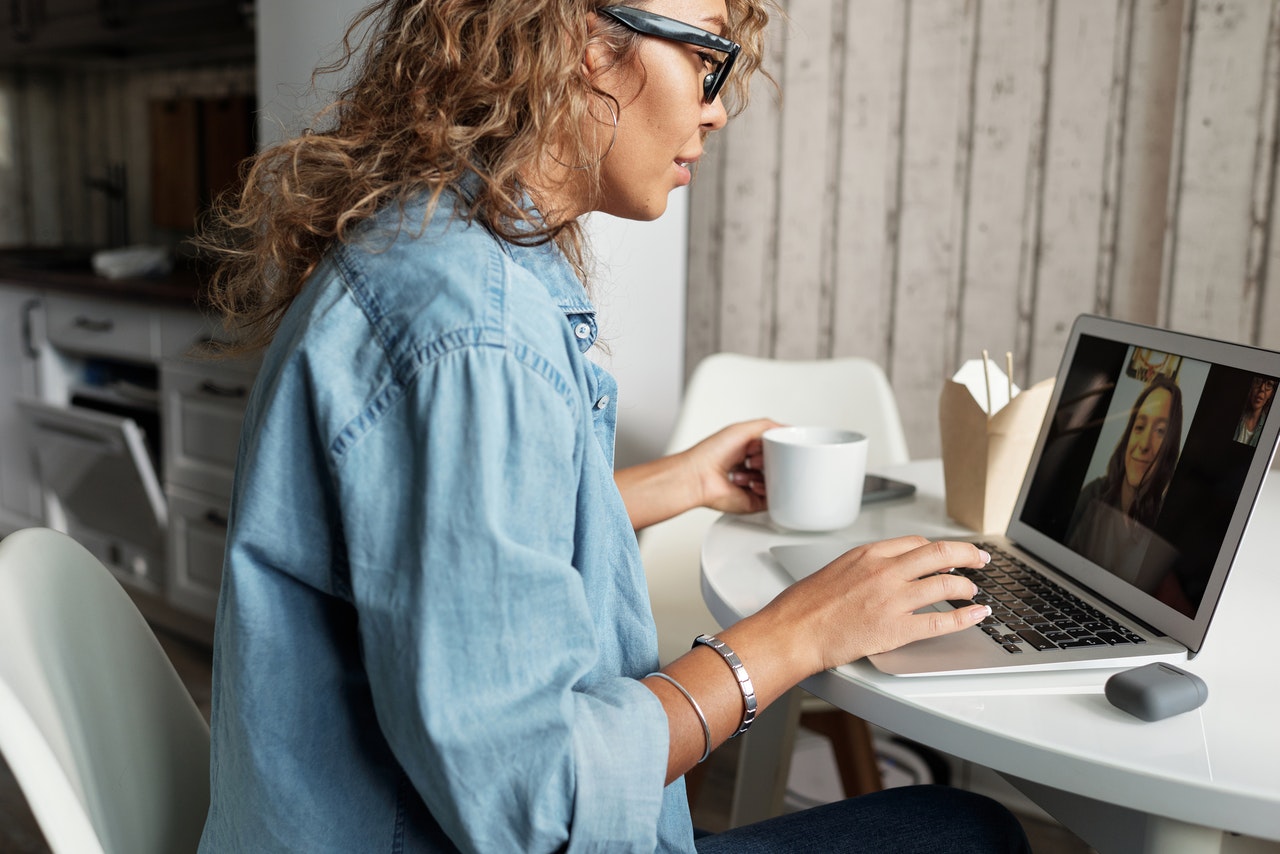
The most vulnerable people in England were told to ‘shield’ during the last lockdown – staying away from public places as much as possible whilst receiving extra support at home.
However, the government has confirmed it will not be encouraging people to shield in the same way during Lockdown 2.
Instead, the most vulnerable are being told to exercise caution – and whilst they are still advised to avoid busy public places like shops, they can exercise and go to schools.
5. Travel rules are slightly different
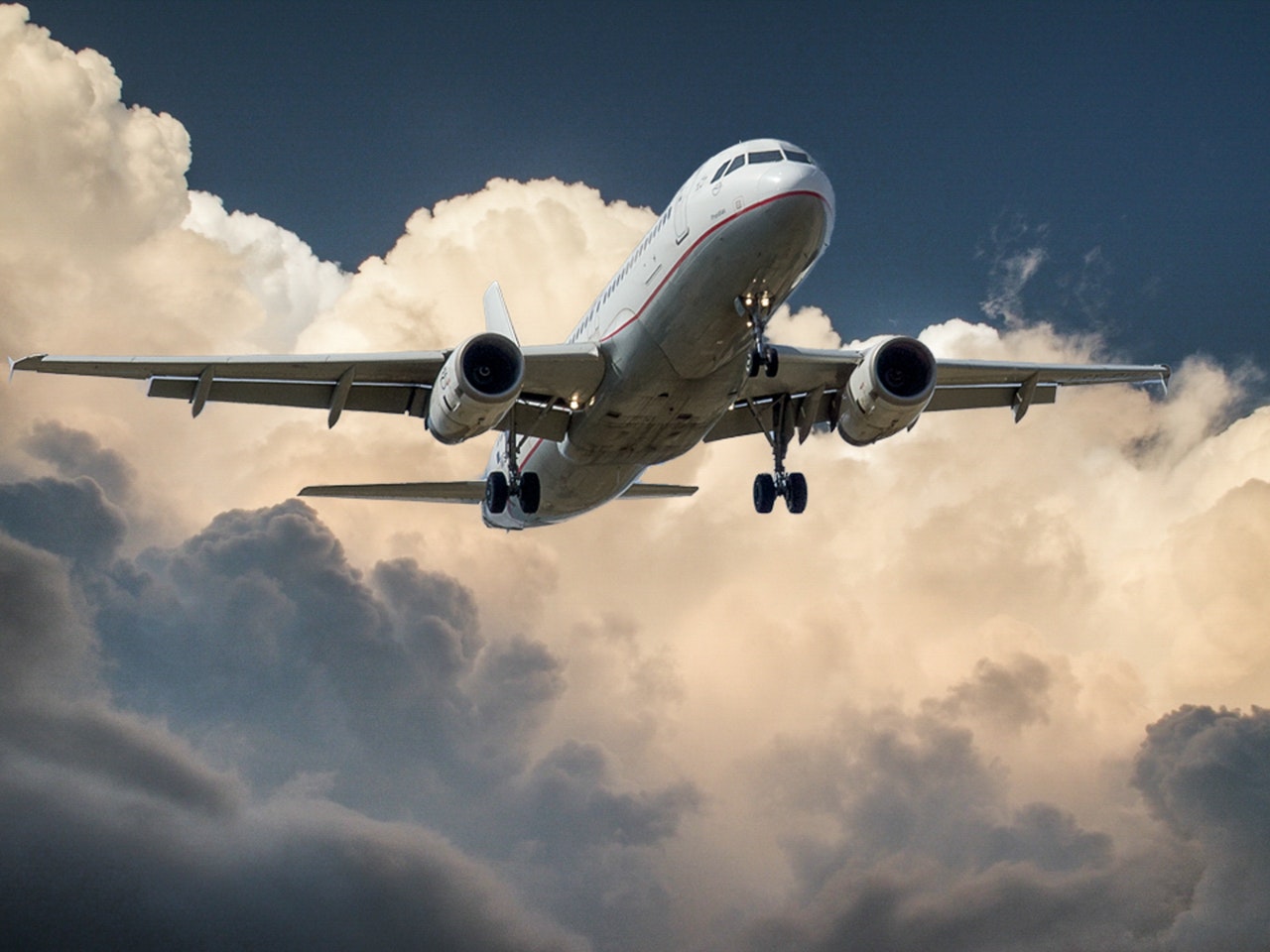
The government is discouraging all but essential trips around Britain and abroad, but there are a few subtle differences this time around.
For starters, anyone already abroad is not being urged to return home immediately, but should contact their carrier to determine travel arrangements. A 14-day self-isolation period may be required upon arrival, depending on where they’re travelling from.
The full list of travel exemptions this time around includes:
- travelling to work where this cannot be done from home
- travelling to education and for caring responsibilities
- to visit those in your support bubble – or your childcare bubble for childcare
- hospital, GP and other medical appointments or visits where you have had an accident or are concerned about your health
- to buy goods or services from premises that are open, including essential retail
- to spend time or exercise outdoors – this should be done locally wherever possible, but you can travel to do so if necessary (for example, to access an open space)
- attending the care and exercise of a pet, or veterinary services
6. You can exercise as much as you like
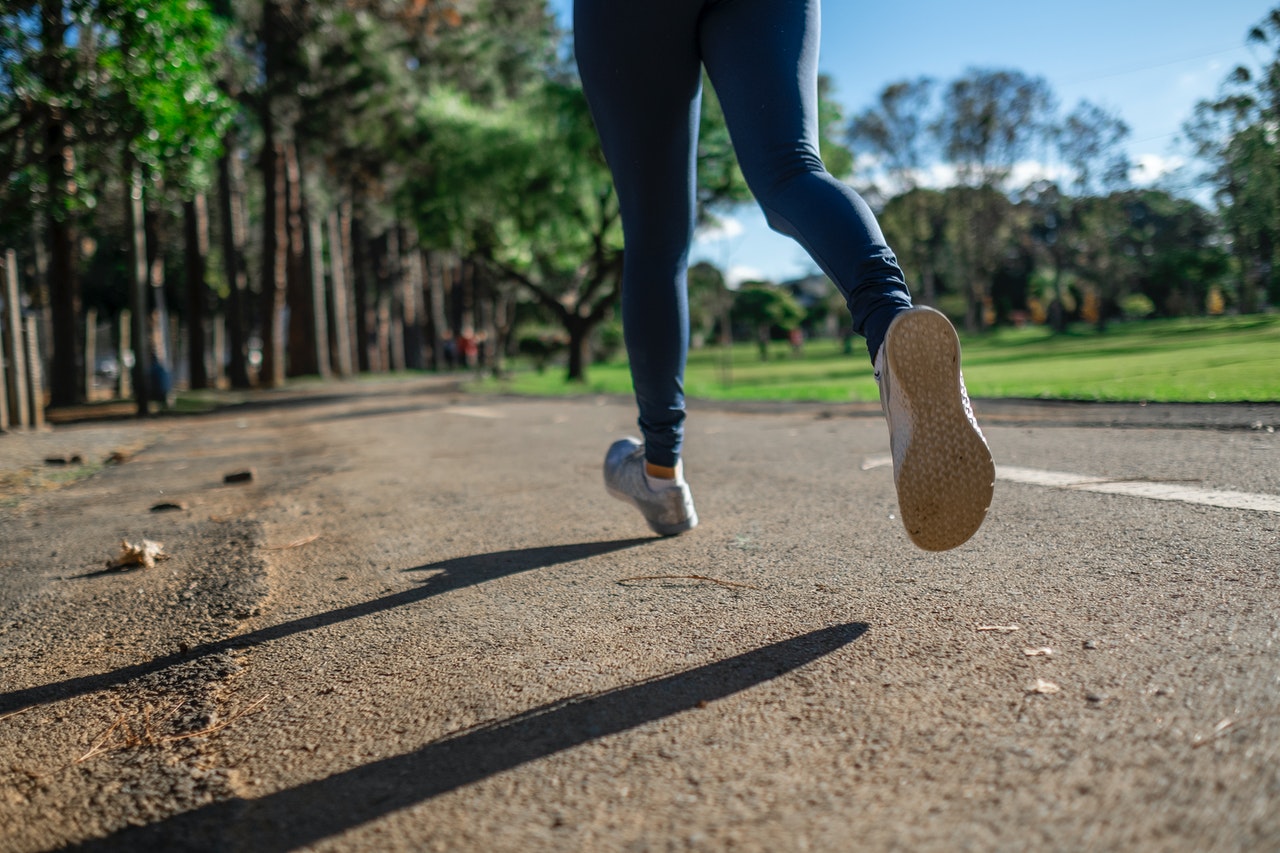
In spring, the government declared that nobody should be leaving their house on more than one occasion to exercise.
That’s not the case this time.
Indeed, people are being encouraged to exercise as often as they like – provided they maintain their distance from others when outdoors.
Learn more about the restrictions coming into force today here.

